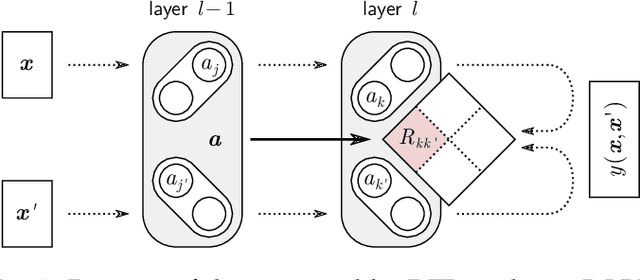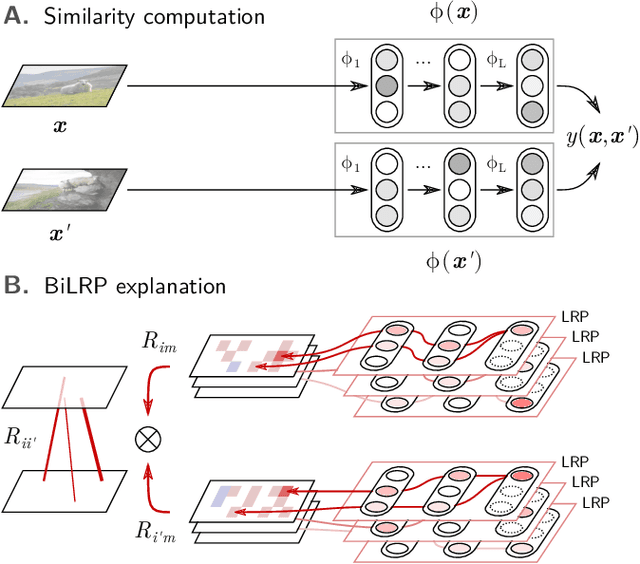Jochen Büttner
Insightful analysis of historical sources at scales beyond human capabilities using unsupervised Machine Learning and XAI
Oct 13, 2023Abstract:Historical materials are abundant. Yet, piecing together how human knowledge has evolved and spread both diachronically and synchronically remains a challenge that can so far only be very selectively addressed. The vast volume of materials precludes comprehensive studies, given the restricted number of human specialists. However, as large amounts of historical materials are now available in digital form there is a promising opportunity for AI-assisted historical analysis. In this work, we take a pivotal step towards analyzing vast historical corpora by employing innovative machine learning (ML) techniques, enabling in-depth historical insights on a grand scale. Our study centers on the evolution of knowledge within the `Sacrobosco Collection' -- a digitized collection of 359 early modern printed editions of textbooks on astronomy used at European universities between 1472 and 1650 -- roughly 76,000 pages, many of which contain astronomic, computational tables. An ML based analysis of these tables helps to unveil important facets of the spatio-temporal evolution of knowledge and innovation in the field of mathematical astronomy in the period, as taught at European universities.
Building and Interpreting Deep Similarity Models
Mar 11, 2020


Abstract:Many learning algorithms such as kernel machines, nearest neighbors, clustering, or anomaly detection, are based on the concept of 'distance' or 'similarity'. Before similarities are used for training an actual machine learning model, we would like to verify that they are bound to meaningful patterns in the data. In this paper, we propose to make similarities interpretable by augmenting them with an explanation in terms of input features. We develop BiLRP, a scalable and theoretically founded method to systematically decompose similarity scores on pairs of input features. Our method can be expressed as a composition of LRP explanations, which were shown in previous works to scale to highly nonlinear functions. Through an extensive set of experiments, we demonstrate that BiLRP robustly explains complex similarity models, e.g. built on VGG-16 deep neural network features. Additionally, we apply our method to an open problem in digital humanities: detailed assessment of similarity between historical documents such as astronomical tables. Here again, BiLRP provides insight and brings verifiability into a highly engineered and problem-specific similarity model.
 Add to Chrome
Add to Chrome Add to Firefox
Add to Firefox Add to Edge
Add to Edge